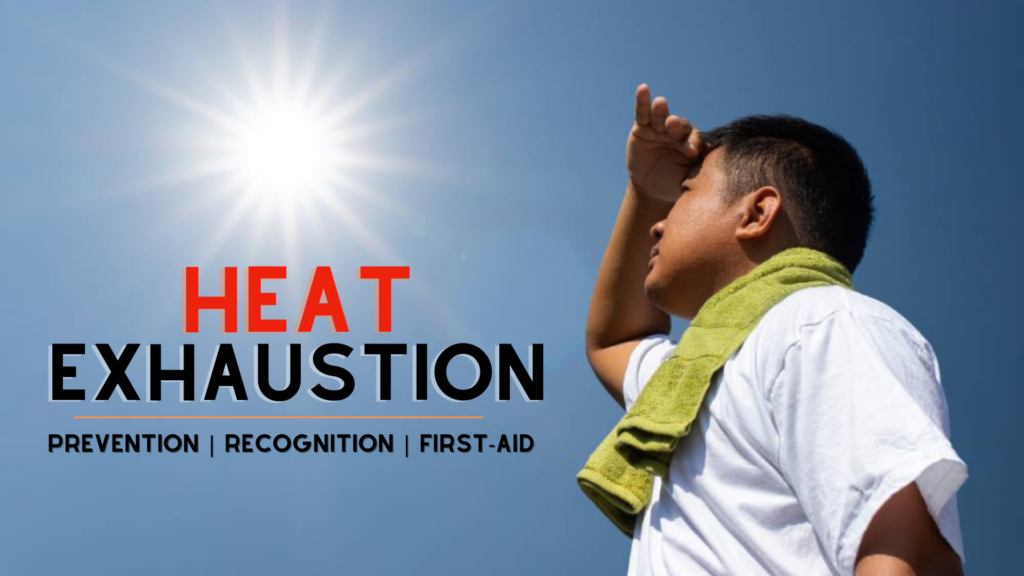
As the sun beats down, it brings not just warmth, but also the risk of heat-related ailments like heat exhaustion. Whether you’re out enjoying a picnic, toiling under the sun’s rays, or simply going about your daily routine, understanding heat exhaustion is crucial for safeguarding your well-being. Join us as we explore the human side of heat exhaustion, its symptoms, preventive measures, and treatment options.
Understanding the Experience:
Imagine yourself on a scorching summer day, feeling the sun’s relentless heat bearing down on you. This is the environment where heat exhaustion thrives. It occurs when your body, overwhelmed by high temperatures and insufficient hydration, struggles to maintain its cool. This condition often serves as a warning sign, indicating that your body is at risk of more severe heat-related illnesses like heatstroke.
Recognizing the Signs:
In the midst of a heat wave, your body may send out distress signals, urging you to take action. These signals manifest as:
1. Excessive Sweating: Your body’s attempt to cool down through profuse sweating.
2. Fatigue: Despite having rested adequately, you feel drained and weak.
3. Dizziness or Lightheadedness: The world seems to spin as you struggle to maintain your balance.
4. Nausea or Vomiting: Your stomach rebels against the heat, causing discomfort or vomiting.
5. Headaches: A persistent ache weighs down on your temples, a common companion of heat exhaustion.
6. Muscle Cramps: Painful spasms grip your muscles, particularly in your legs or abdomen.
7. Pale, Clammy Skin: Your skin takes on an unnaturally pallid hue, feeling cool and clammy to the touch.
8. Rapid Heartbeat: Your heart races, attempting to circulate blood and cool your overheated body.
Nurturing Your Well-being:
Protecting yourself from heat exhaustion involves nurturing your body’s needs and respecting its limits. Here are some ways to care for yourself:
1. Stay Hydrated: Quench your body’s thirst with ample water, especially during outdoor activities.
2. Respect the Heat: Limit your exposure to extreme temperatures, particularly during the hottest parts of the day.
3. Dress Wisely: Choose lightweight, breathable attire that allows sweat to evaporate freely.
4. Take Breaks: Honor your body’s signals by resting in shaded or air-conditioned areas during outdoor endeavors.
5. Shield Your Skin: Apply sunscreen to shield yourself from harmful UV rays, which can exacerbate heat-related issues.
6. Listen to Your Body: Tune in to your body’s cues and take breaks when fatigue or overheating sets in.
7. Stay Informed: Keep an eye on the heat index and adjust your activities accordingly to minimize risk.
Responding with Compassion:
If you or someone you know shows signs of heat exhaustion, respond with care and urgency. Here’s how you can help:
1. Provide Relief: Move the affected individual to a cooler environment, whether it’s a shaded area or air-conditioned space.
2. Offer Hydration: Replenish lost fluids and electrolytes by offering cool water or sports drinks.
3. Encourage Rest: Allow the person to rest comfortably, elevating their legs to aid circulation.
4. Cooling Measures: Ease discomfort by applying cool, damp cloths to their skin or facilitating a cool bath.
5. Stay Vigilant: Monitor their symptoms closely, and if symptoms persist or worsen, seek medical assistance promptly.
Heat exhaustion is a tangible reminder of the delicate balance between our bodies and the environment. By acknowledging its presence, respecting its warnings, and responding with compassion, we can navigate through the sweltering heat with greater resilience and well-being. Stay cool, stay hydrated, and above all, stay mindful of your body’s needs.





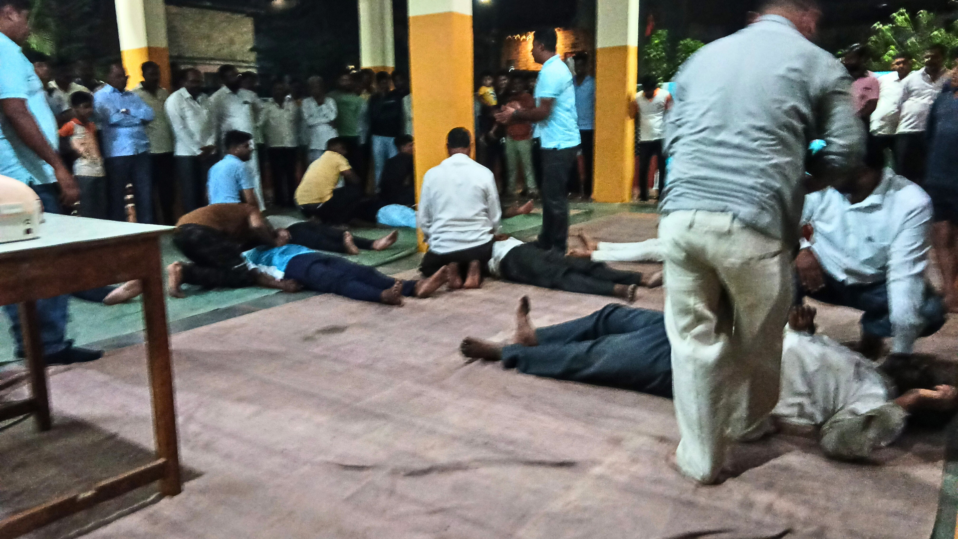

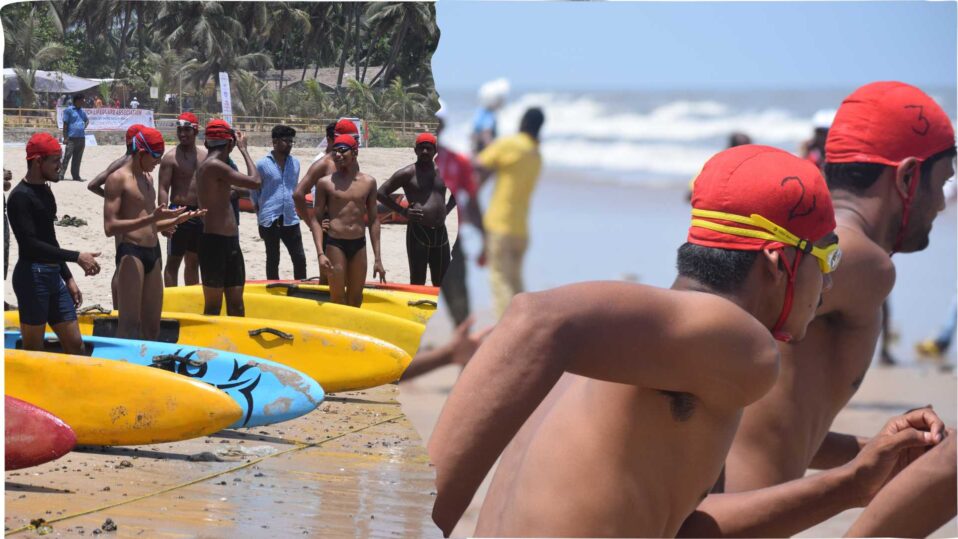
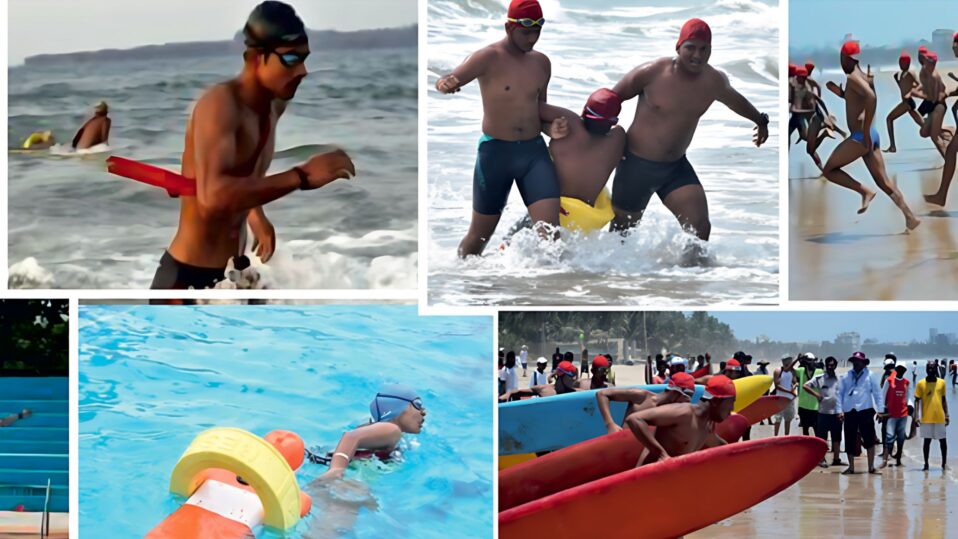
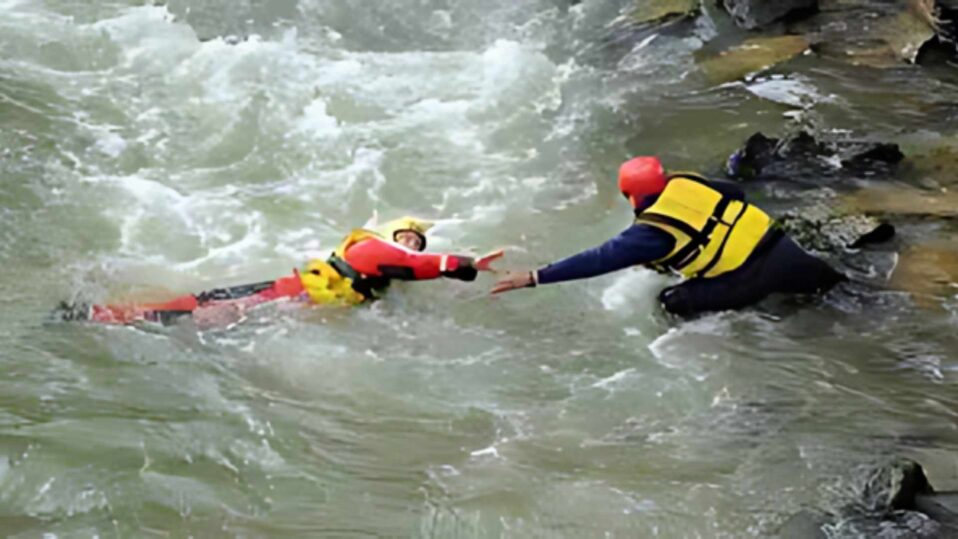
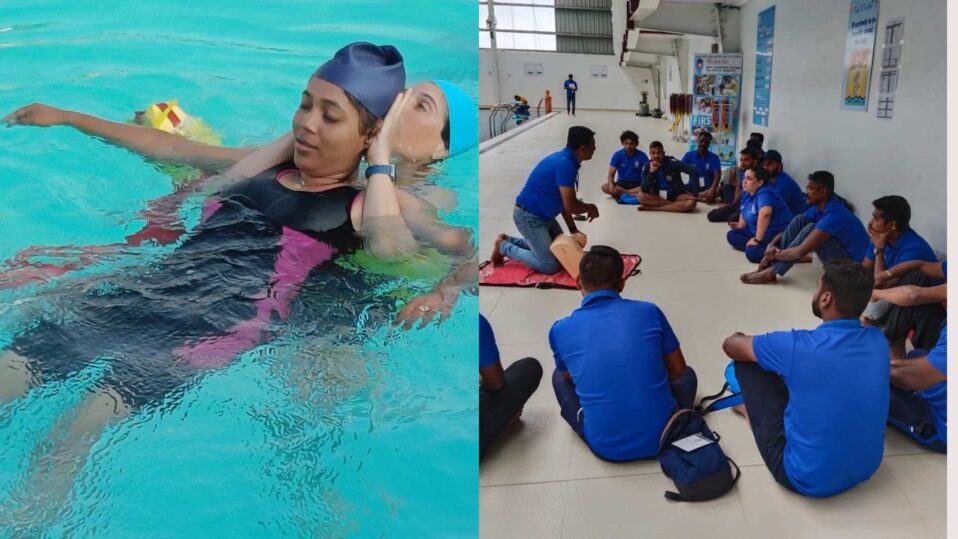


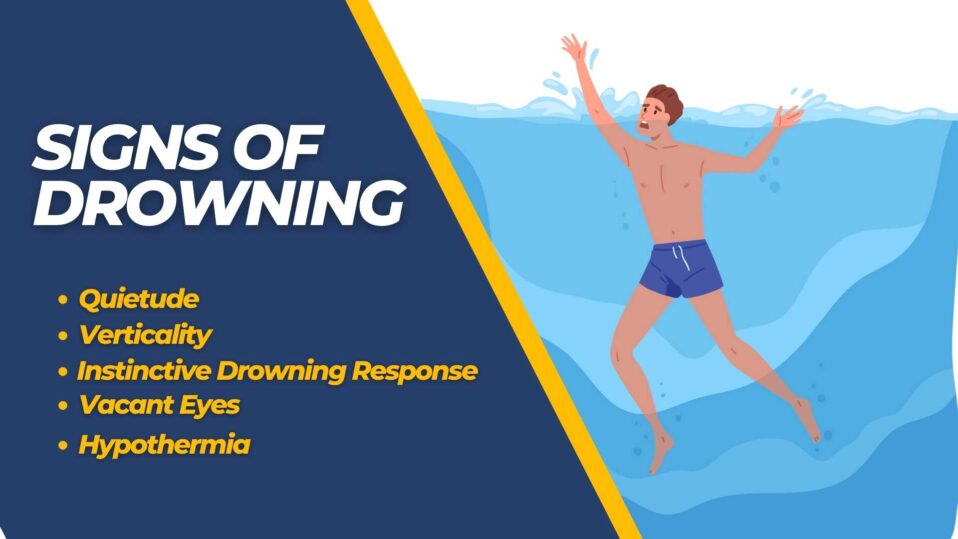
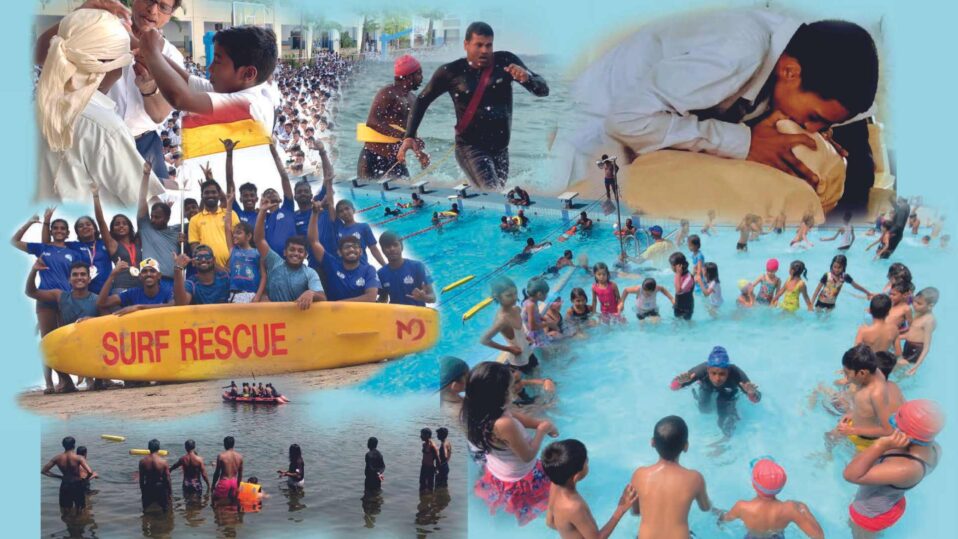

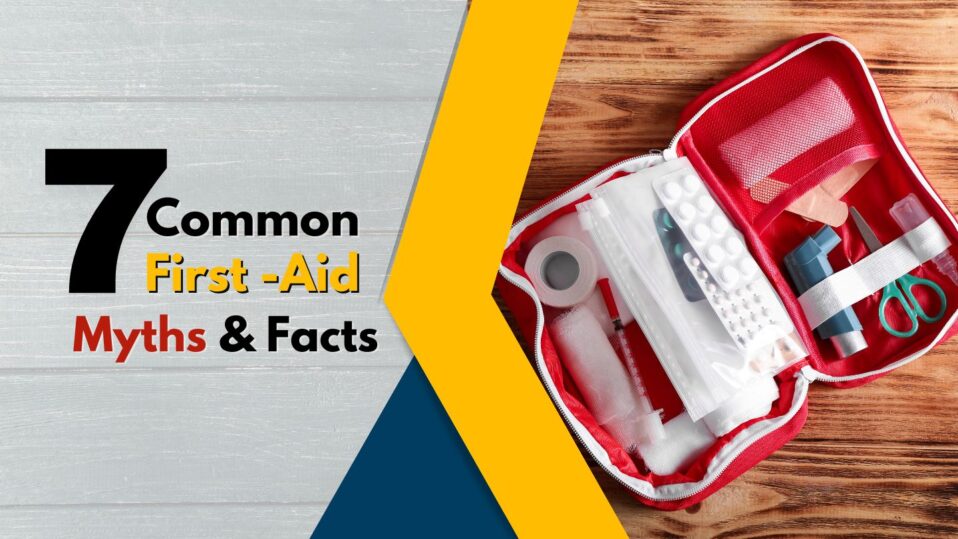
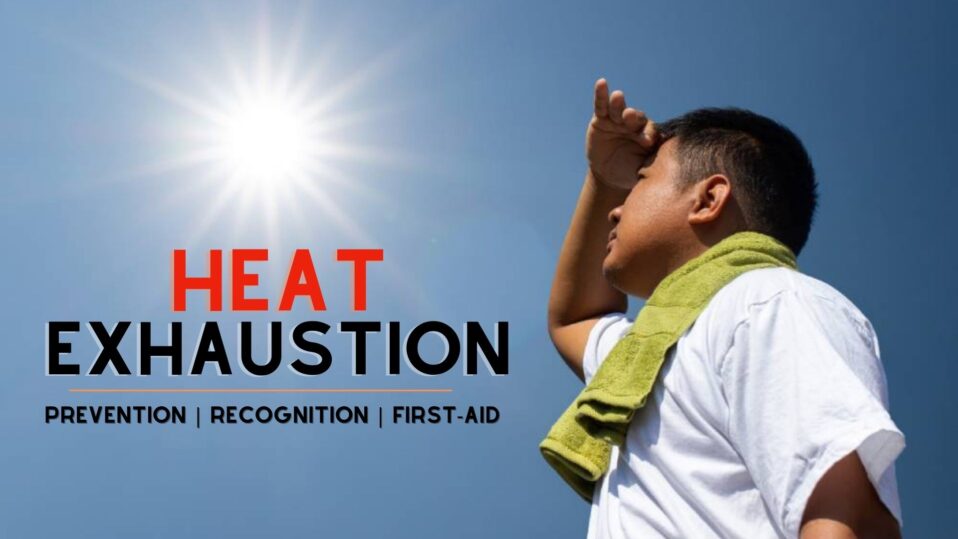

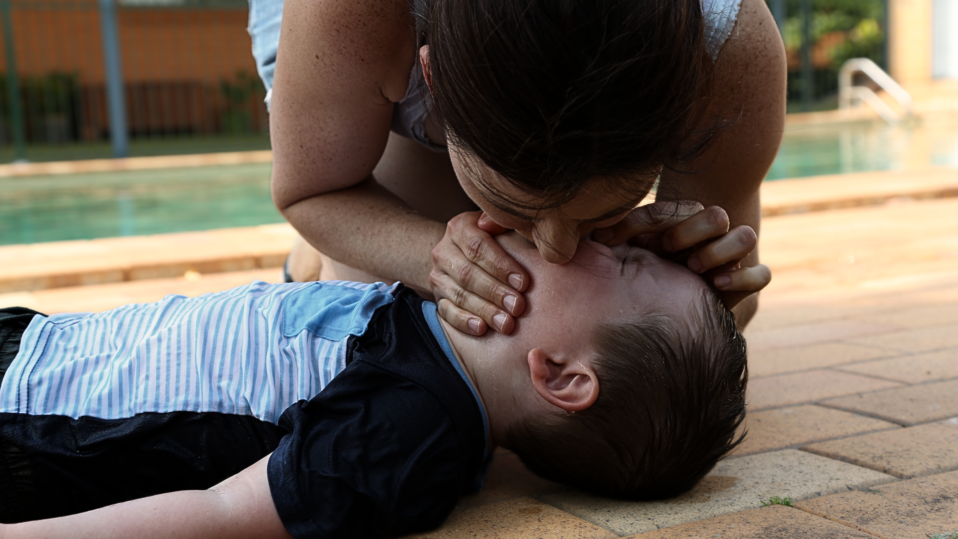
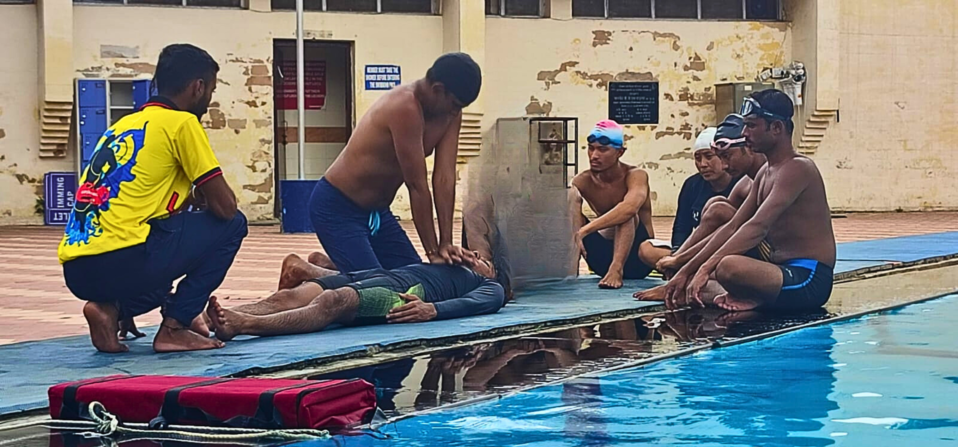
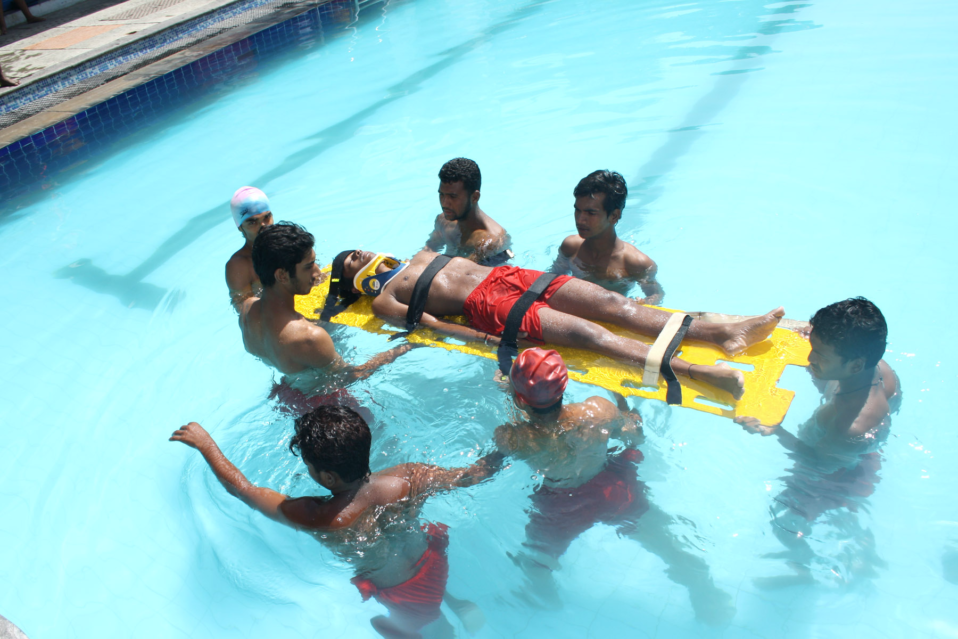
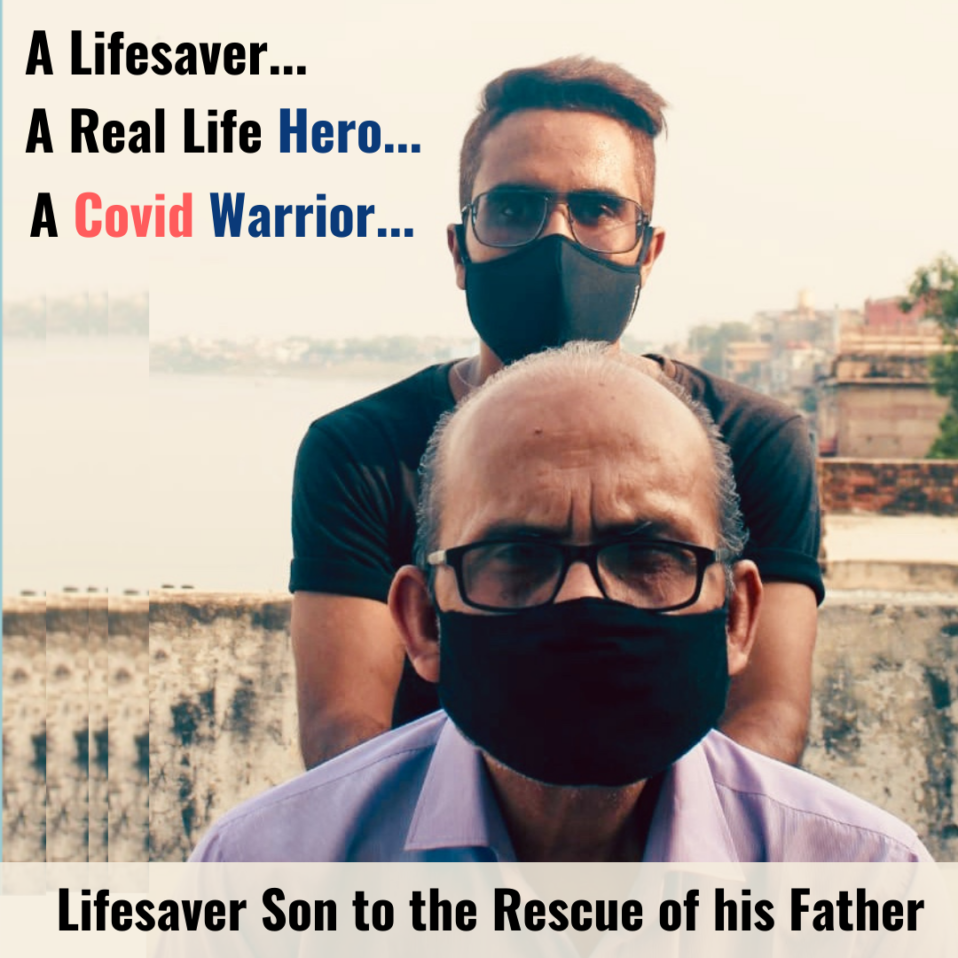


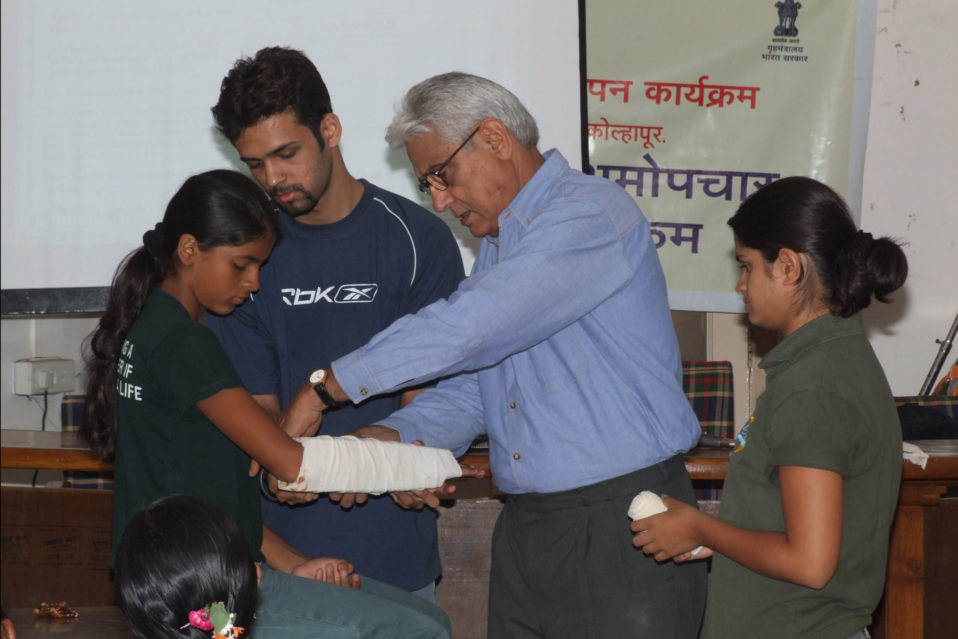
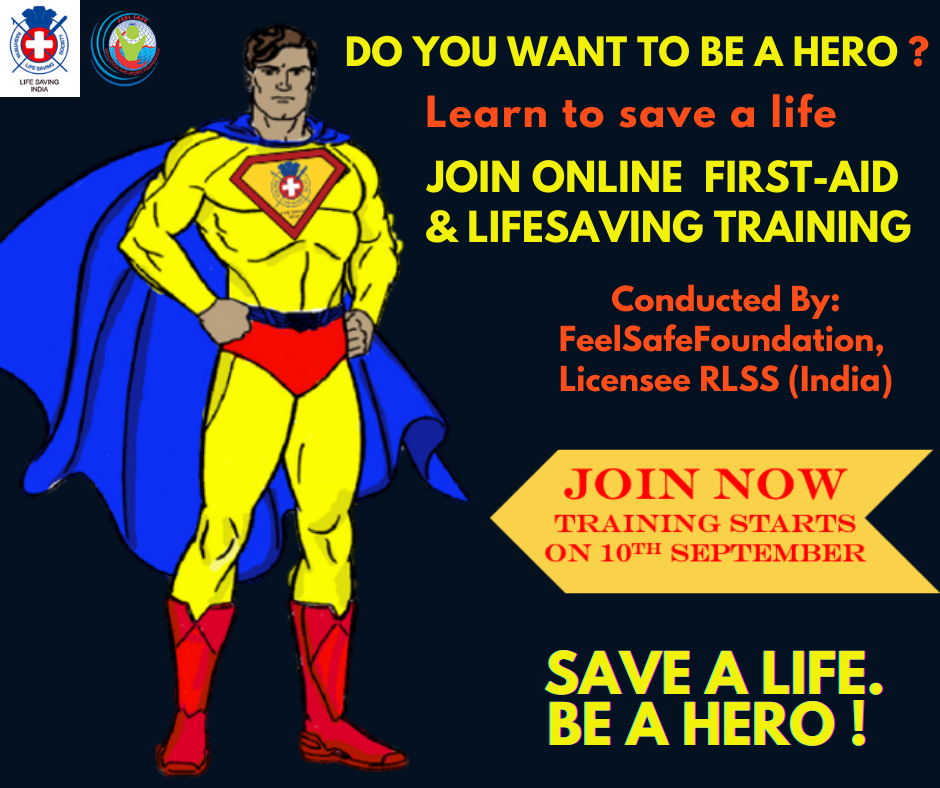

Post a comment